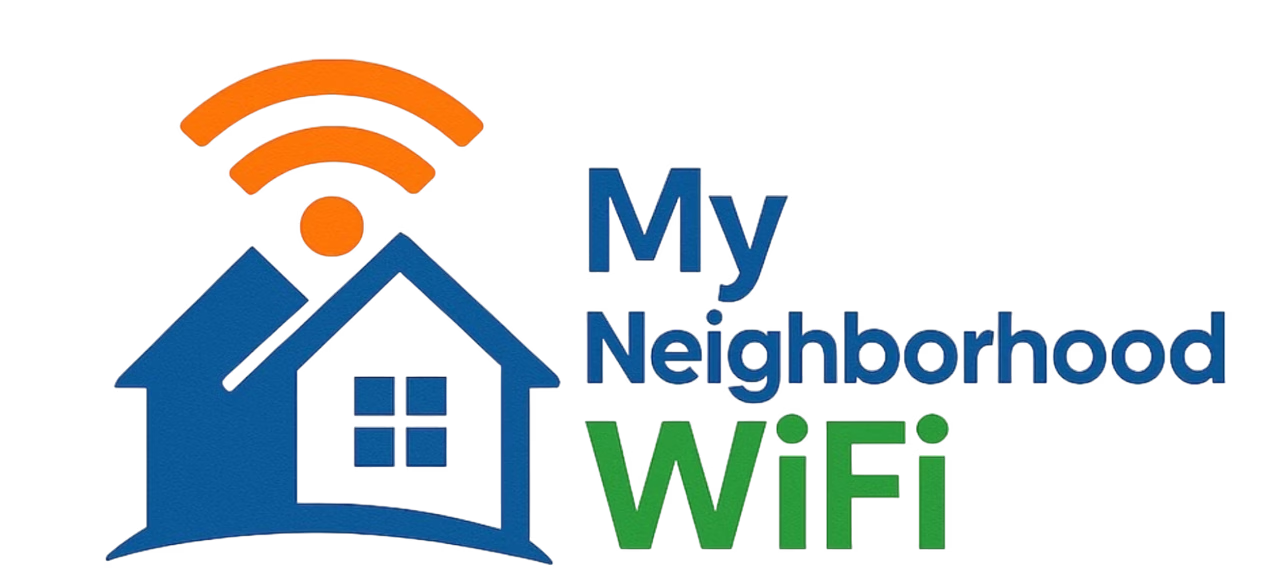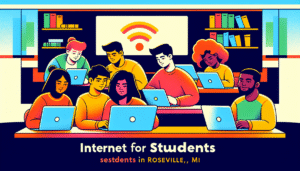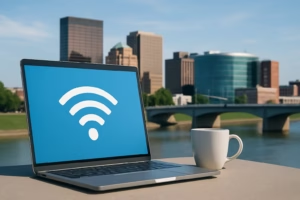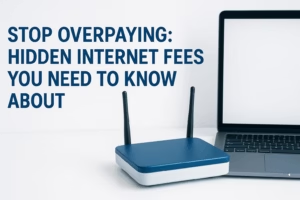
In today’s connected world, having internet at home isn’t just a convenience—it’s a necessity. From work and school to entertainment and smart home devices, our daily lives revolve around connectivity. But the cost of internet service can put a strain on monthly budgets. The good news? In 2025, there are more smart ways than ever to get free or low cost internet services at home. This guide will show you practical and legitimate methods to stay online without overspending.
Why Affordable Internet Matters
Access to the internet is closely tied to opportunity. People rely on it for education, telehealth appointments, career opportunities, and staying connected with family. Without reliable Wi-Fi, job seekers face setbacks, students are at a disadvantage, and families may feel cut off from the world. That’s why knowing the smart ways to save on internet access is empowering.
Programs Offering Free or Low Cost Internet
Several government and community programs aim to help households stay connected. Depending on income level, student status, or location, you may qualify.
Government-Assisted Programs
– Many households qualify for subsidies if they meet low-income thresholds. These programs often provide discounted or even free plans through participating providers. You can usually apply using your zip code, income details, or proof of existing government aid benefits (wikihow.com).
– Libraries and community centers may extend Wi-Fi access to neighborhoods, meaning you could connect for free in nearby areas.
Educational Internet Access
– Students often have access to free campus Wi-Fi at speeds over 100 Mbps, and many schools extend this coverage into surrounding residential areas (savingsgrove.com).
– Online learning platforms may include data coverage or free connection perks when enrolling in certain digital courses.
Creative Ways to Access Free Wi-Fi
Cafes, Libraries, and Public Spaces
– Coffee shops, public libraries, and even some retail stores offer free Wi-Fi.
– Some cities have invested in municipal Wi-Fi projects, giving neighborhoods wide coverage for no cost.
Community Hotspots
– Local businesses sometimes set up free guest networks as a service for customers.
– Apps that map Wi-Fi hotspots can point you to free networks around your city.
At-Home Strategies for Saving on Internet
If you still prefer home Wi-Fi but don’t want to break the bank, here are smarter approaches:
Trial Programs from Providers
– Some major ISPs offer free test periods ranging from 15 to 30 days. If you only need service short-term—like during a move or temporary project—this can be a budget-friendly solution (savingsgrove.com).
Sharing Wi-Fi Securely with Friends or Family
– If you live near trusted friends or relatives, you can split the cost of one subscription. With a strong router or range extender, the connection can sometimes reach multiple households.
– To stay safe, create a guest network so your private devices aren’t exposed.
Choosing the Right Equipment
Even if you get affordable internet, poor equipment can make it feel like wasted money. Picking the right router technology will ensure you maximize performance.
Mesh Wi-Fi vs. Standard Routers
| Option | Coverage | Eliminates Dead Zones | Best For |
|—|—|—|—|
| Standard Router | Moderate | Sometimes | Small homes |
| Mesh Wi-Fi | Excellent | Yes | Large homes with multiple rooms |
| Smart Wi-Fi | Excellent | Yes | Homes with many smart devices |
Source: rightfiber.com
Tips for Managing Internet Use on a Budget
– Use bandwidth-saving modes on video platforms like YouTube to reduce data use.
– Download educational or entertainment content when connected to free Wi-Fi and watch offline later.
– Regularly review Wi-Fi security settings to prevent unwanted users slowing down your network.
Neighborhood and Community Resources
One overlooked way of finding low-cost internet is by working within your own neighborhood. Many local online groups share resources for staying connected.
– Facebook community groups often post about free Wi-Fi spots or cost-sharing arrangements.
– Neighborhood-focused forums like Reddit’s r/HomeNetworking discuss low-cost ways to improve or share internet.
– Asking around within local communities may reveal nonprofits that provide free routers or subsidized connections.
Should You Rely Solely on Free Internet?
While it’s possible to get by on free hotspots and library networks, most households will find it limiting. If you work from home or your kids need stable internet for school, a consistent service is worth the investment. That said, combining strategies—like free Wi-Fi outside the home and a bare-minimum plan at home—can cut bills dramatically.
Smart Online Safety on Free Networks
Protecting Your Privacy
– Never enter banking or sensitive personal details while on public Wi-Fi.
– Use a trusted VPN to maintain privacy if relying on open networks regularly.
– Log out of accounts when using shared networks to minimize risks.
Final Thoughts
In 2025, smart and resourceful households have more options than ever to reduce internet costs. Whether it’s tapping into government programs, leveraging free hotspots, or using mesh Wi-Fi to maximize shared connections, affordable online access is within reach. By staying flexible and informed, you can save money while staying connected to the digital world around you.
“Most inquiries are answered within the same day”
Written by admin
Content writer and tech enthusiast sharing insights on internet connectivity.



